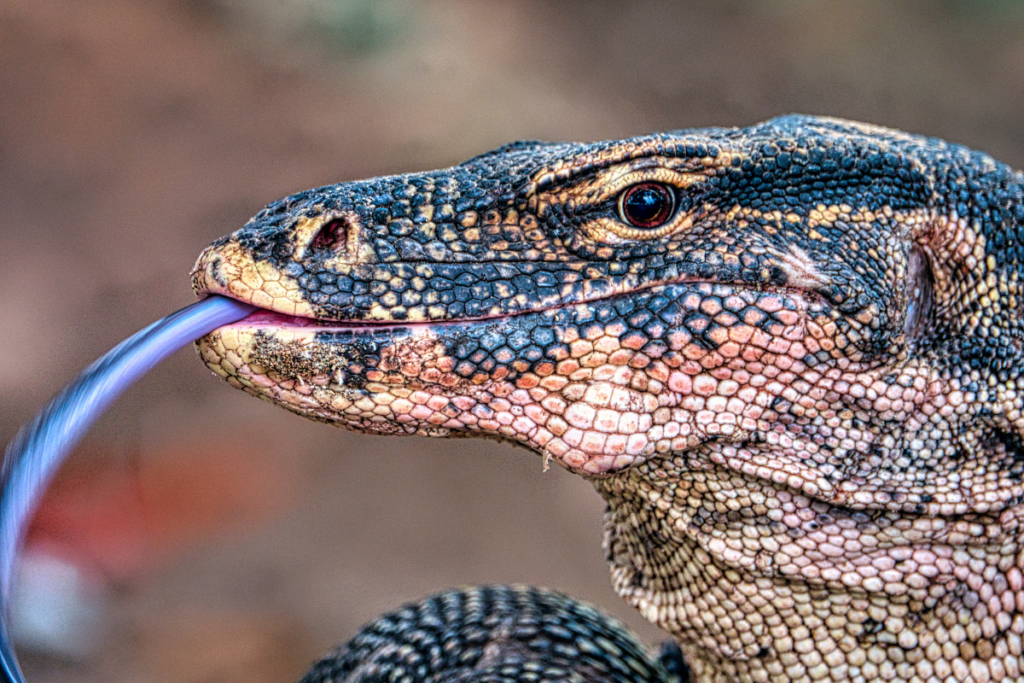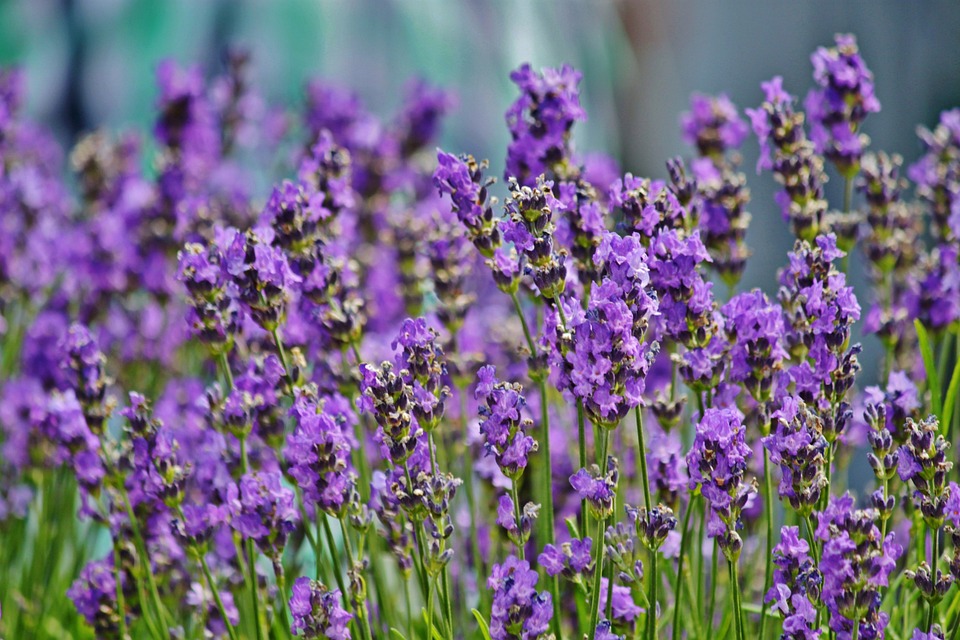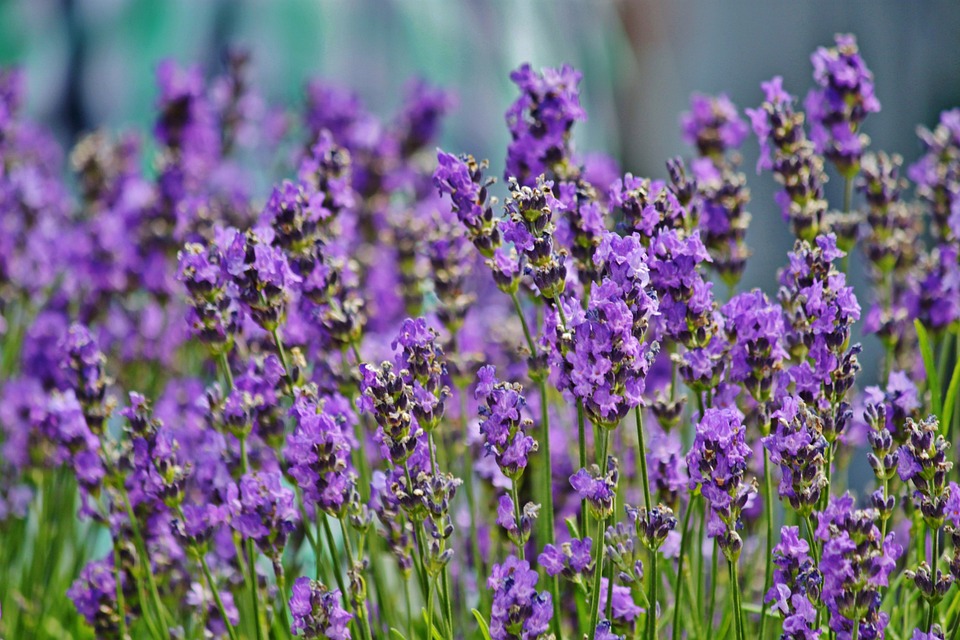Indonesia, an archipelago of over 17,000 islands, boasts some of the richest biodiversity on Earth.
Amidst its tropical landscapes and diverse ecosystems, one creature stands out as a true symbol of natural wonder and evolutionary marvel: the Komodo dragon (Varanus komodoensis).
As the world’s largest lizard and a unique apex predator, the Komodo dragon holds a special place in Indonesian culture, ecology, and global conservation efforts.
This article delves into the multifaceted role of Komodo dragons as Indonesia’s natural heritage, exploring their biology, historical significance, conservation challenges, and the efforts to preserve these magnificent creatures for future generations.
I. Introduction: Indonesia’s Natural Treasures

Indonesia, with its vast rainforests, marine biodiversity, and volcanic landscapes, is renowned for its natural beauty and ecological diversity.
At the heart of this richness lies the Komodo dragon, a species that embodies the ancient allure and untamed spirit of Indonesia’s wilderness.
This article examines how Komodo dragons have become not only a biological marvel but also a cultural icon and a critical focal point for conservation in Indonesia.
II. Discovery and Historical Significance

A. Early Encounters and Scientific Discovery
The discovery of Komodo dragons by Western scientists in the early 20th century sparked global fascination.
Their size, predatory skills, and distinct adaptations captivated explorers and biologists, leading to extensive research and conservation efforts.
B. Cultural Significance
Komodo dragons hold a prominent place in Indonesian culture and folklore.
They are revered as guardians of the land, symbols of strength and resilience, and subjects of local myths and legends.
Their presence has influenced indigenous beliefs and traditions, enriching the cultural fabric of the communities living in their vicinity.
III. Anatomy and Adaptations: Evolutionary Marvels
A. Physical Characteristics
Komodo dragons are formidable creatures, capable of reaching lengths exceeding three meters and weighing up to 70 kilograms.
Their muscular bodies, powerful jaws, and sharp claws make them efficient predators in their natural habitat.
B. Unique Adaptations
One of the most intriguing adaptations of Komodo dragons is their venomous bite.
Unlike typical reptiles, Komodo dragons possess venom glands in their lower jaws, secreting toxic proteins that induce shock and inhibit blood clotting in their prey.
This adaptation allows them to immobilize large animals and facilitate easier predation.
IV. Ecology and Habitat: Masters of Their Domain

A. Habitat and Range
Komodo dragons are endemic to several Indonesian islands, primarily Komodo, Rinca, Flores, and Gili Motang.
They inhabit a range of environments, including savannahs, forests, and coastal regions, where they play a crucial role as apex predators.
B. Keystone Species
As apex predators, Komodo dragons regulate the populations of prey species such as deer, wild boar, and smaller mammals.
This ecological role helps maintain the balance of their habitats, promoting biodiversity and ecosystem stability.
V. Hunting and Feeding Behavior: Strategies of Survival
A. Hunting Techniques
Komodo dragons employ stealth and ambush tactics to capture prey.
They lie in wait for unsuspecting animals to pass by, then swiftly attack with their powerful jaws and claws.
Their keen senses, including smell and vision, aid in tracking and capturing prey over long distances.
B. Feeding Habits
Komodo dragons are opportunistic feeders, consuming a wide range of prey items from mammals to birds and carrion.
Their efficient digestive systems allow them to ingest large quantities of food, enabling them to survive in environments where food availability fluctuates.
VI. Conservation Challenges and Threats
A. Habitat Loss and Fragmentation
The primary threat to Komodo dragons is habitat loss due to human activities such as deforestation, agriculture, and urban development.
As human populations expand and infrastructure projects increase, Komodo dragons face shrinking habitats and increased competition for resources.
B. Human-Wildlife Conflict
Encounters between Komodo dragons and humans occasionally result in conflicts, particularly in areas where human settlements encroach upon their natural habitat.
These conflicts pose risks to both human safety and the well-being of Komodo dragons.
VII. Conservation Efforts: Safeguarding Indonesia’s Iconic Species
A. Protected Areas and National Parks
Komodo National Park, established in 1980, serves as a crucial sanctuary for Komodo dragons and other wildlife.
The park’s designation aims to preserve their natural habitats, restrict human activities, and promote sustainable tourism practices.
B. Research and Monitoring
Ongoing scientific research plays a vital role in understanding Komodo dragon behavior, ecology, and genetics.
Research initiatives help inform conservation strategies, monitor population trends, and assess the impacts of human activities on their habitats.
C. Community Engagement and Education
Engaging local communities in conservation efforts is essential for the long-term protection of Komodo dragons.
Education programs raise awareness about the importance of biodiversity conservation, promote sustainable livelihoods, and foster pride in Indonesia’s natural heritage.
VIII. Tourism and Sustainability: Balancing Conservation with Economic Development
A. Ecotourism Benefits and Challenges
Komodo dragons attract thousands of tourists annually, contributing to local economies and raising awareness about conservation.
However, unregulated tourism can pose risks to wildlife and their habitats, highlighting the need for sustainable tourism practices and visitor management strategies.
B. Sustainable Development Initiatives
Efforts to promote sustainable development in Komodo National Park include eco-friendly infrastructure projects, waste management programs, and community-based tourism initiatives.
These initiatives aim to minimize environmental impacts while supporting local communities and preserving cultural heritage.
IX. Future Outlook: Preserving Indonesia’s Natural Heritage
Komodo dragons face numerous challenges in a rapidly changing world, from habitat loss to climate change and human-wildlife conflict.
However, with concerted conservation efforts, innovative research, and community collaboration, there is hope for securing a future where Komodo dragons continue to thrive as symbols of Indonesia’s natural heritage.
X. Conclusion: Guardians of Indonesia’s Wild Frontier
Komodo dragons stand as guardians of Indonesia’s wild frontier, embodying the spirit of resilience and adaptation that defines the nation’s natural heritage.
As stewards of this ancient species, Indonesians and conservationists worldwide have a responsibility to protect and preserve Komodo dragons for future generations.
By honoring their cultural significance, understanding their ecological role, and addressing conservation challenges, we can ensure that these majestic creatures continue to roam the Indonesian archipelago for millennia to come.
In essence, Komodo dragons are more than just reptilian giants; they are ambassadors of biodiversity, reminders of the interconnectedness of life on Earth, and a testament to the enduring beauty of Indonesia’s natural landscapes.
This comprehensive article explores the multifaceted significance of Komodo dragons as Indonesia’s natural heritage, emphasizing their biological uniqueness, cultural importance, conservation challenges, and the collective efforts needed to ensure their survival in the modern world.






